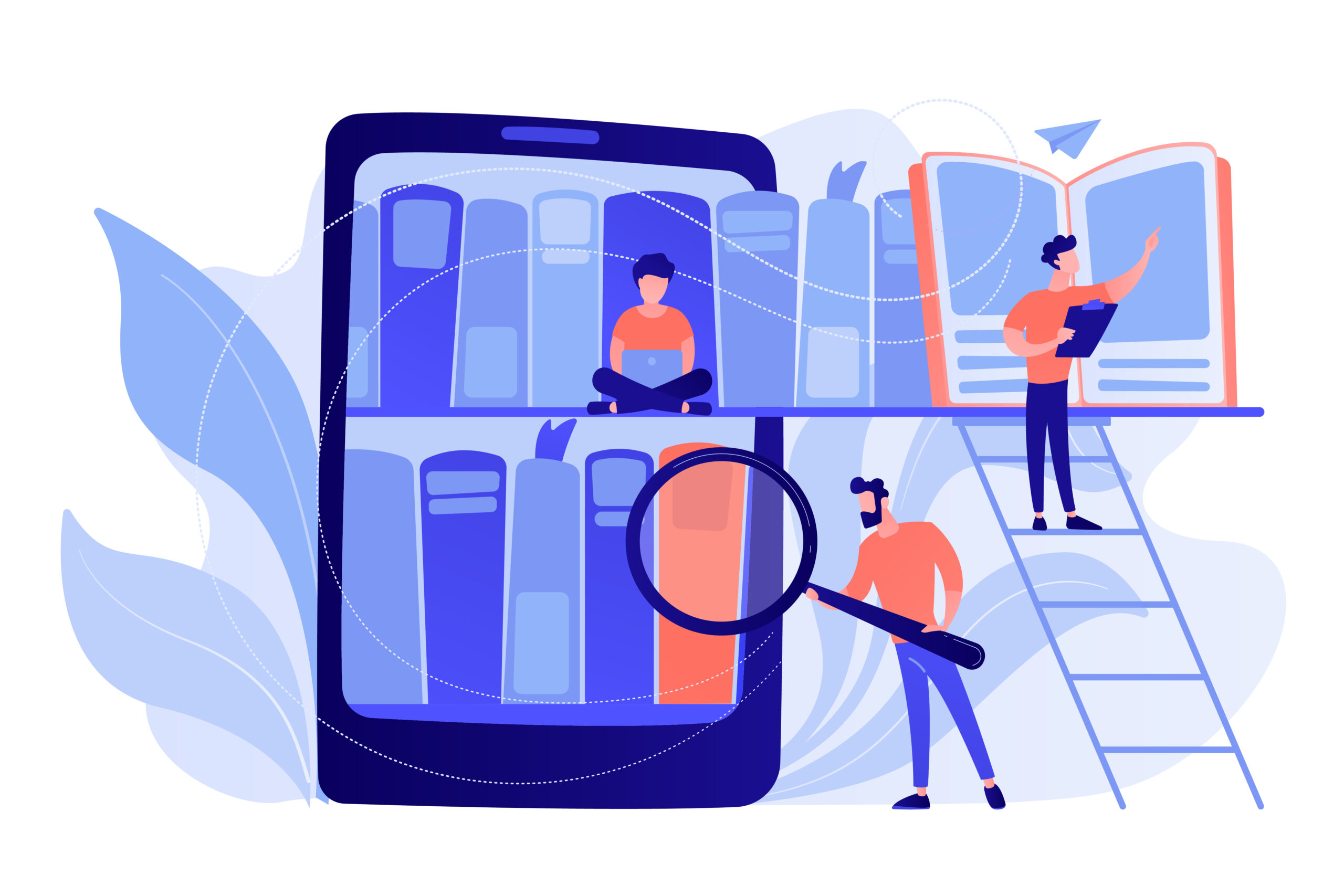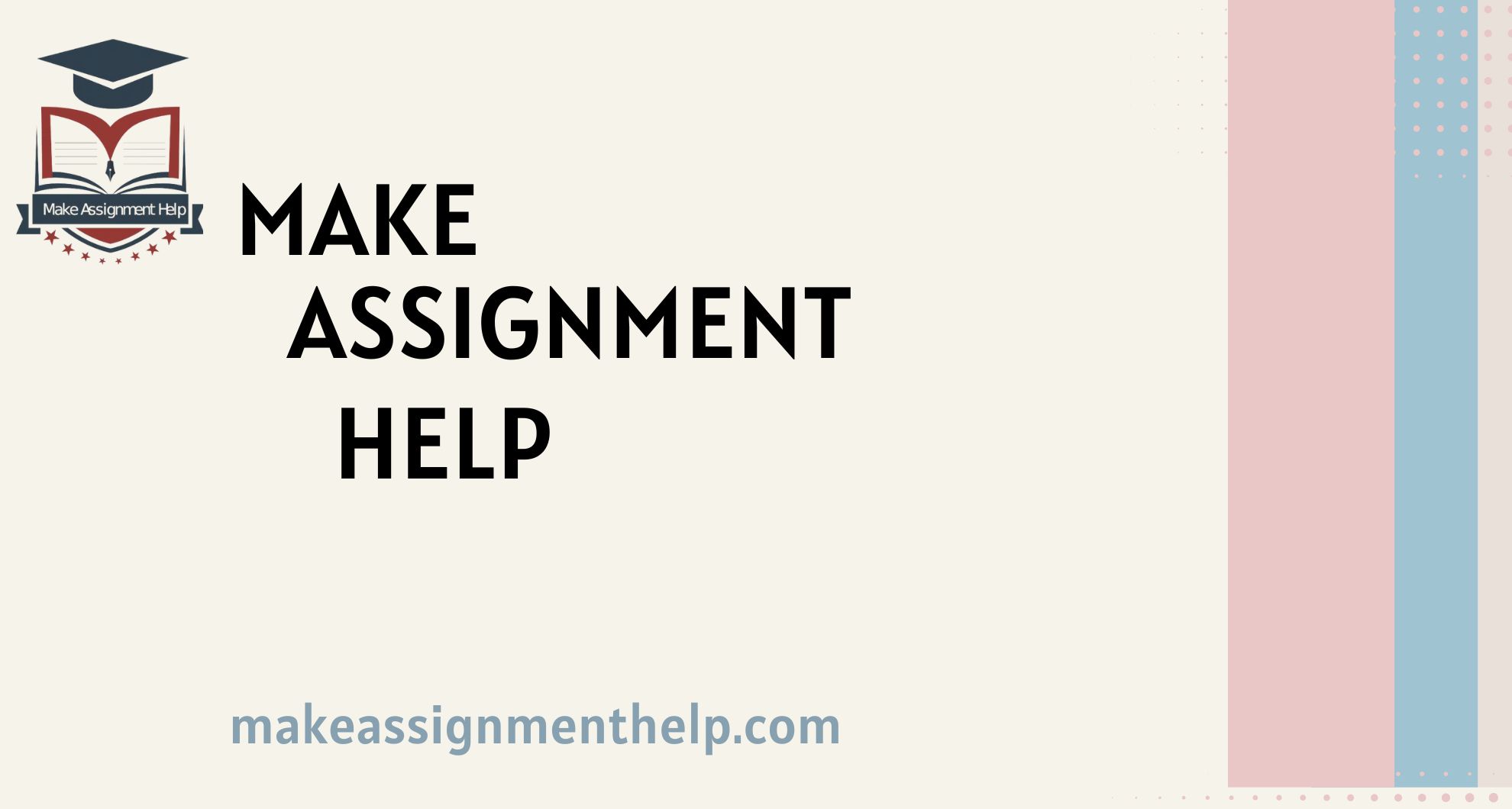Visual storytelling has always relied on strong pre-production planning. From early sketches in notebooks to elaborate sequences on whiteboards, directors and digital artists have long used storyboards to communicate their vision but the tools used for this critical step are changing fast.
In today’s fast paced creative industries relying on traditional sketchbooks can be a bottleneck. The demand for speed, precision and collaboration has led many to move to digital alternatives. One of the biggest changes in this space is the rise of storyboards software – and it’s for the better.
The Limitations of Traditional Sketchbooks
Sketchbooks have been the go to medium for storyboarding. They’re portable, intuitive and have a charm that many artists love. But as projects get more complex traditional methods show their limitations.
Artists working with pen and paper may find it hard to make changes quickly, manage feedback or share with team members in real time. Flipping through pages, redrawing scenes and physically organizing frames can take up valuable time – time that could be spent refining ideas.
Physical sketches are also vulnerable to loss or damage and lack of digital backup makes long term project management a nightmare. In an industry where time is tight and efficiency is key creative professionals are looking for more flexible solutions.
Why Digital is Taking the Lead
One of the main reasons creatives are moving to storyboards software is the control and efficiency it offers. These digital platforms provide an environment where edits are seamless. Scenes can be copied, reordered and revised with a few clicks so no erasing, redrawing or scanning required.
Many of these tools also come with pre-made templates, drag and drop functionality and the ability to add timing, camera angles and even sound. This helps to visualise the final product and keeps everyone on the same page as the director.
Moving to digital isn’t about losing creativity – it’s about enhancing it. Storyboards software lets artists focus on the visual narrative and not the logistical hurdles.
Collaboration Across Teams
Modern creative teams are rarely in the same room. With global collaboration the norm the need for digital solutions has grown. One of the biggest benefits of storyboards software is that it brings people together no matter where they are.Teams can share work in real time, give feedback instantly and make collaborative changes without delay. Directors, animators, writers and producers can all see the latest version of the storyboard at the same time so everyone is on the same page.
This remote collaboration isn’t just more efficient – it’s more creative. With less delay in communication and easier access to shared assets ideas flow more and revisions happen quicker.
Organization, Backup and Access
In any creative process organization is key. Traditional storyboards can get messy or disorganized especially when multiple revisions are involved. With storyboards software you have structured project management.
Everything from version history to scene annotations is stored in one place. Creators can add notes, audio cues and scene descriptions directly into the storyboard, a complete pre-production hub. Digital storage means important work is never lost because backups are automatic and access is from multiple devices.
For big productions or multi-episode projects this level of organization is gold. It saves time and also reduces the risk of error and helps teams focus on the creative work.
Environmental and Educational Benefits
In an increasingly eco friendly world reducing paper waste is a priority for many industries including film and media. Digital tools eliminate the need for physical materials and align with sustainability efforts.
Educational institutions are also embracing digital storyboarding tools to prepare students for the real world. Learning digital platforms gives students relevant in-demand skills that match industry expectations. Master storyboards software and emerging creatives have a competitive edge when they enter the job market.
Creativity vs Technology
We must acknowledge that sketchbooks still have a place. Many artists use them for brainstorming, doodling or conceptual work. But when it comes to structured planning, collaboration and production ready visuals digital solutions are better.
Transitioning to digital does not impact your creativity but amplifies it. Creators can experiment more and bring their vision to life and also test new ideas, reorganize sequences and work with others in real time with help of these advanced tools.
Conclusion: Embracing the Future of Storytelling
It would be enough to say that the creative process is evolving and the tools we use also must evolve with it. While old school sketchbooks feel nostalgic and tactile but they fall short of meeting modern production demands. Embracing efficient storyboards software is not just a trend for digital artists and directors but it is a strategic move that boosts both creativity and workflow so whether you are a seasoned filmmaker or an aspiring animator adopting digital storyboarding will change the way you tell stories and also make the journey from concept to screen faster, smoother and more inspiring than ever.



